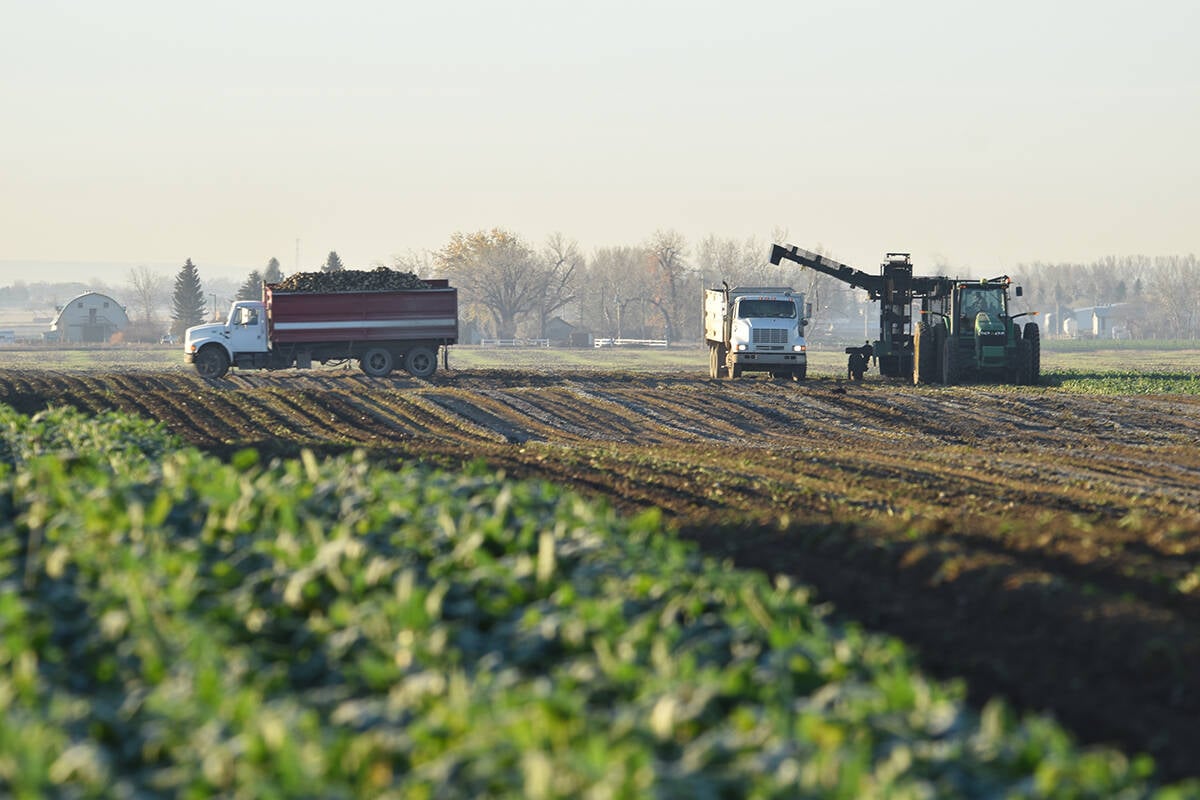SASKATOON – With rain, snow and cold temperatures sweeping across the Prairies, most farmers need at least a week of warm weather before seeding can begin, according to agriculture representatives.
“There’s not a lot of people scratching the soil,” said Kevin Johnson, assistant agriculture representative with Manitoba Agriculture in Portage la Prairie, Man.
A few custom fertilizer applicators ventured into winter wheat fields in southern Manitoba and ended up getting stuck, said Johnson.
“There’s quite a bit of water here.”
If the weather co-operates, a few farmers may start seeding by the end of the week, he said.
Read Also

Canada the sole G7 nation without a Domestic Sugar Policy to aid local sugar beet production
Canadian sugar beet industry vastly different to US with free-market system compared to protective government-regulated sugar program
Not a traditional start
Neil Galbraith said the first of May is the traditional start of seeding in the Minnedosa area in western Manitoba.
It’ll be more like the middle to end of May before farmers do any seeding. Cold weather, greater-than-normal snowfall, and continuing showers have kept farmers from working.
John Ippolito said cold weather or not farmers will be seeding within a week. The Rosetown, Sask. agriculture representative said farmers are getting itchy about seeding and are willing to bet the weather will warm up soon.
However, the area around Strathmore in southern Alberta is one of the few areas that could use rain, said crop specialist Don Poisson.
Further north in Camrose, Alta. David Samm said farmers are waiting for warm weather before seeding can begin.
Garry Noble, agriculture representative in the southern Saskatchewan community of Assiniboine, said it’s been a “week of nothing.”
Some areas are dry enough to seed, but farmers don’t want to seed into cold soil. On the bright side the farmers are only waiting for warm weather, he said.
“We’re only waiting for a five or 10 degree temperature increase, we’re not waiting for five feet of water to get off the field.”
Brian Sim is the agriculture representative in Canora, Sask, one of the areas hardest hit by flooding and excess rain.
He estimated farmers won’t get into the field until May 20, if the weather stays nice.
The wet weather is not all bad news, said Nick Underwood, crop production co-ordinator with the Canola Council of Canada, in Winnipeg.
While everybody’s seeding is later than they’d like, some areas that don’t normally have good soil moisture have plenty this year.
His biggest concern is for the large canola growing region in eastern Saskatchewan and western Man-itoba. If farmers end up seeding the later-maturing Argen-tine canola in late May they’re running into a “high-risk situation,” he said.
There a possibility of frost damage in the fall and if planted late, the canola is flowering in the hottest part of the year. The council is still expecting about 13.5 million acres of canola to be seeded.
Garvin Hanley, chair of the Flax Council of Canada, hasn’t heard of anyone who has decided not to seed flax this year because of the weather.
He said if the cool weather continues until after the May long weekend, there may be some changes to the crops farmers grow.














